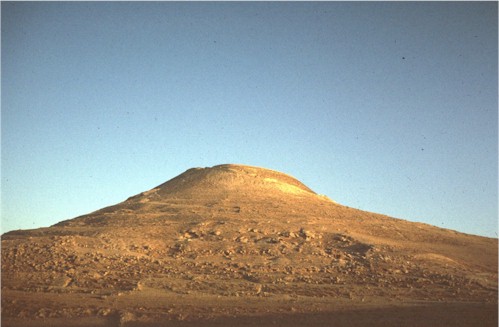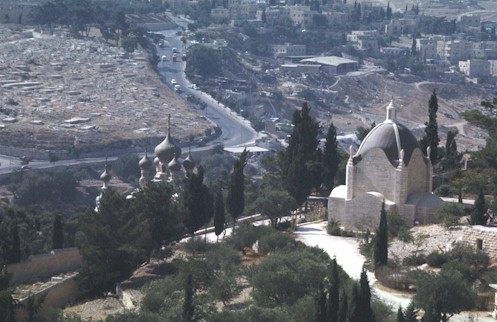

|
shepherd with flock in olive grove on Mt. Scopus just north of Jerusalem |
![]()
|

|
The
Herodion: |
|

|
well at Gibeon, capitol of
Benjamin under Saul |
|

|
view from top of Mt. of Olives westward toward the Kidron valley |
|
![]()
![]()
![]() Perspective on the
World of Jesus
Perspective on the
World of Jesus ![]()
Copyright © 1999-2023
by
Mahlon H. Smith
All rights reserved.
an American Theological
Library Association Selected Religion Website
OCLC catalog no.: 62046512